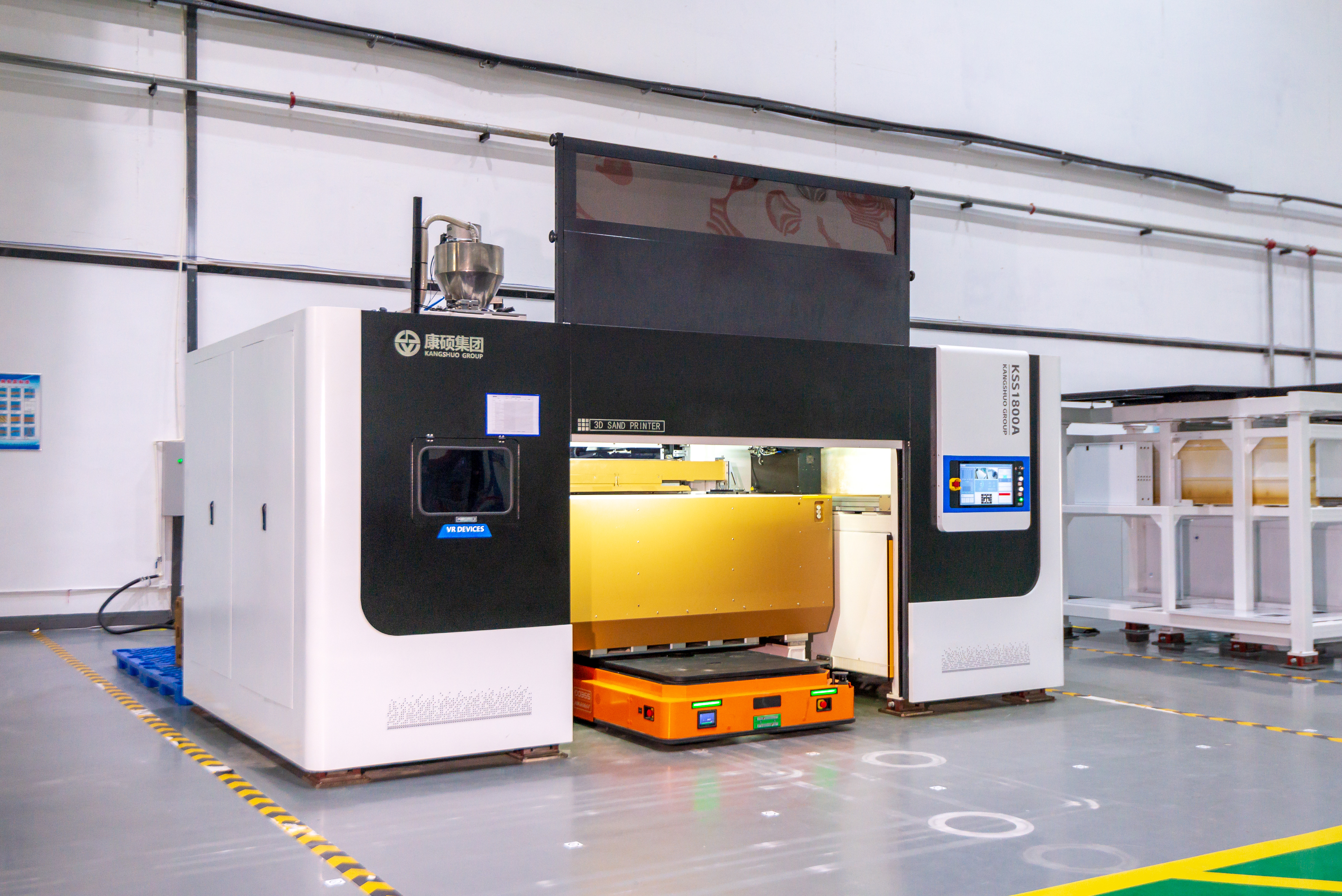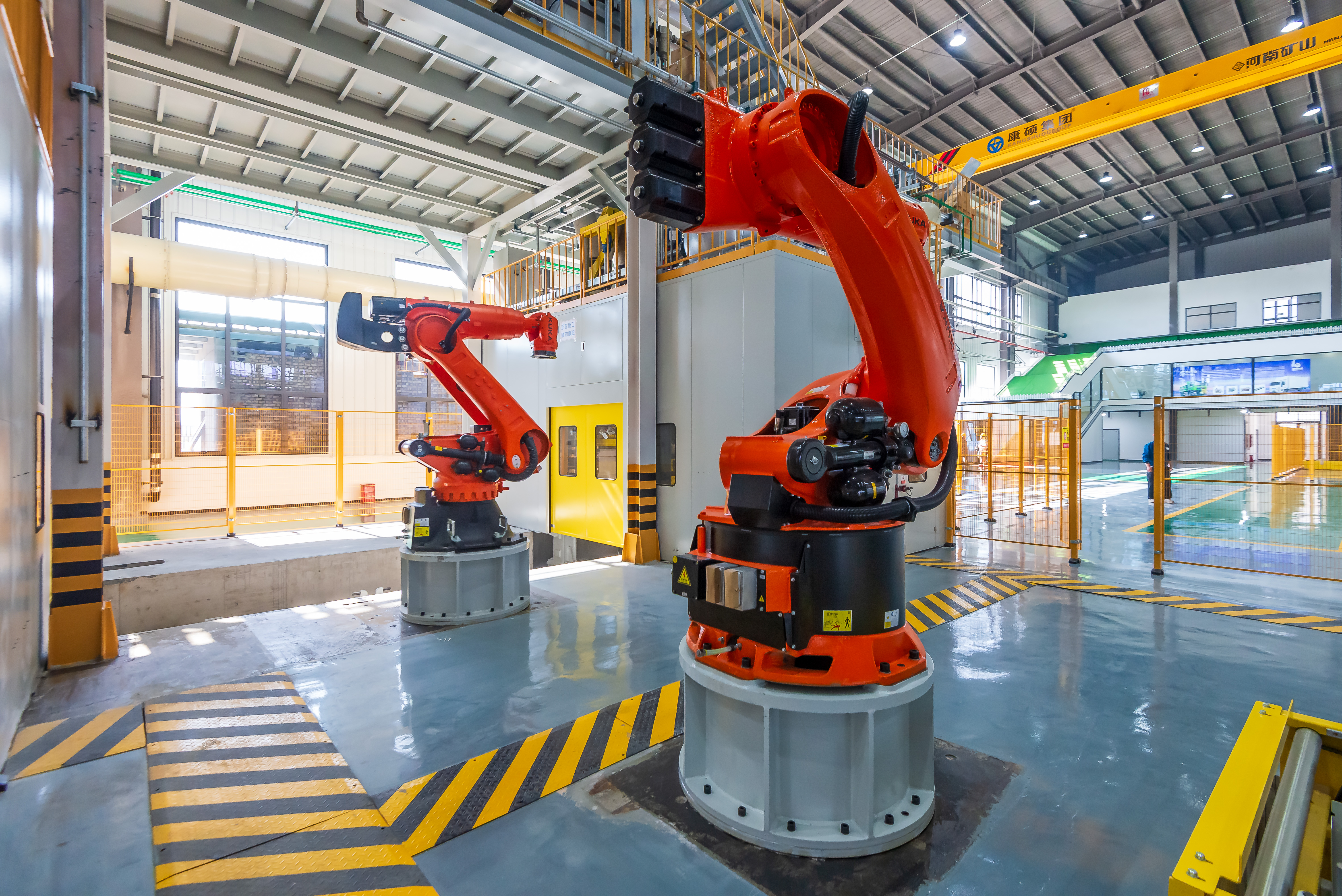3d printing ceramic materials
3D printing ceramic materials represent a revolutionary advancement in additive manufacturing technology, offering unique capabilities for creating complex ceramic components with unprecedented precision and efficiency. These materials typically consist of ceramic particles suspended in a photosensitive or thermoplastic binder system, enabling them to be processed through various 3D printing techniques. The materials can include alumina, zirconia, silicon carbide, and other advanced ceramics, each offering specific properties suited to different applications. The printing process involves layer-by-layer deposition of the ceramic material, followed by debinding and sintering steps to achieve the final dense ceramic part. These materials excel in producing components that require high temperature resistance, excellent mechanical properties, and chemical inertness. Common applications span across multiple industries, including aerospace components, medical implants, electronic substrates, and customized architectural elements. The technology enables the production of intricate geometries that would be impossible or prohibitively expensive to manufacture using traditional ceramic processing methods. Modern 3D printing ceramic materials also offer improved surface finish quality and reduced post-processing requirements compared to earlier generations, making them increasingly viable for both prototyping and production applications.


